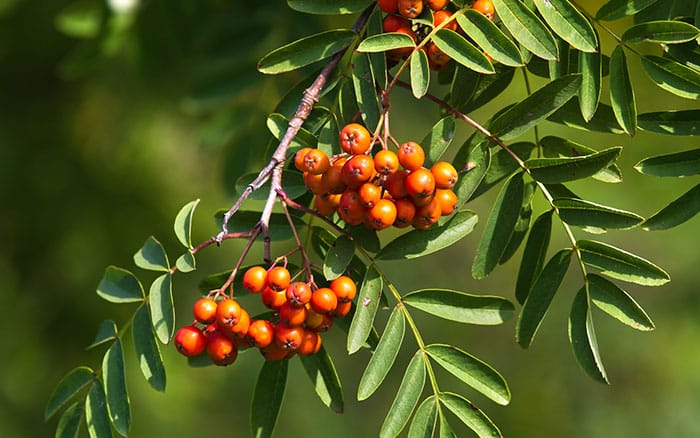There’s so much to love about being in a garden. For a start it can be very calming. We can design our own gardens to be a place where we can totally relax, unwind and feel good about ourselves in times of stress. Here are my top tips for creating a healing garden.
Several studies show that, being in a green space looking at flowers, plants, and water, can have a positively impact on wellbeing. Research supports that nature can reduce anxiety and stress. Many people therefore choose to be in a natural setting when feeling stressed or overwhelmed.
Many hospitals, hospices, and care-homes are now building in green spaces. These are designed to reduce stress and improve overall feeling of well-being and hopefulness. These are commonly known as healing gardens.
Therapeutic gardens on the other hand are aimed at helping to deal with the specific needs of a particular group of people. For example, Alzheimer’s and Dementia sufferers or those recovering from a stroke, with the same aim of promoting wellbeing and overall health.
How to create a healing garden
There’s so much to love about being in a garden. For a start it can be very calming. We can design our own gardens to be a place where we can totally relax, unwind and feel good about ourselves in times of stress. Here are my top tips for creating a healing garden.
Several studies show that, being in a green space looking at flowers, plants, and water, can have a positively impact on wellbeing. Research supports that nature can reduce anxiety and stress. Many people therefore choose to be in a natural setting when feeling stressed or overwhelmed.
Many hospitals, hospices, and care-homes are now building in green spaces. These are designed to reduce stress and improve overall feeling of well-being and hopefulness. These are commonly known as healing gardens.
Therapeutic gardens on the other hand are aimed at helping to deal with the specific needs of a particular group of people. For example, Alzheimer’s and Dementia sufferers or those recovering from a stroke, with the same aim of promoting wellbeing and overall health.
Sorbus aucuparia (rowan)
The rowan is a tough, fast growing, British native tree. With the sight of its bright orange berries that colour up in August, that are much beloved by birds.
- Flowers in spring
- Fully hardy
- Grows to 15m tall
- Well-drained soil
- Full sun or partial shade
- Exposed or sheltered

Osmanthus x burkwoodii (Burkwood osmanthus)
This medium size, glossy leaved, evergreen shrub has the added advantage of wonderfully scented, mood enhancing, white flowers in spring.
- Flowers in spring
- Hardy
- Grows to 3m tall
- Well-drained soil
- Full sun or partial shade
- Exposed or sheltered

Stipa tenuissima (Mexican feather grass) ‘Ponytails’
Include plants that gently sway in the breeze to create a calming effect. Grasses are a great example. This easy to grow and care for, evergreen grass will not only gently sway in the breeze but has soft leaves making it immensely tactile and soothing to touch. Its other common name is ‘Angel Hair’.
- Flowers in summer
- Hardy
- Grows to 60cm tall
- Moist but well-drained or well-drained soil
- Full sun
- Sheltered or exposed

Enhance the experience
Creating meandering pathways to create a sense of a journey, placing plants in such a way that most of the paths are edged and hidden from general view.
Both ponds and water features can improve state of mind in several different ways. A wildlife pond can be simple and easy to create and doesn’t have to be large to attract wildlife. It can be as small and simple as burying a washing up bowl in the ground, hiding the edges with pebbles, stones and low growing plants.
There are now many different types of water features available. Electric, and solar powered with different settings to create either a soothing trickle, or a stimulating waterfall.
Water features are particularly useful if your garden is near a busy road. This is because the sound of the water can distract the mind from the sound of the traffic.
Do remember to include plenty of places to sit and relax in different parts of the garden. Practice a few mindful moments to ease stress and help relaxation.
The Japanese have a term called ‘Shinrin-yoku’ translates to ‘Forest bathing’. Being calm and quiet whilst walking amongst trees.
Whilst it may not be feasible to create a tree filled garden, it’s certainly possible to create a plant filled one, no matter how small. So above all else, try to spend time in and amongst the plants in your garden on a daily basis, even if only for 10 minutes to encourage that feeling of well-being.


Leave A Comment